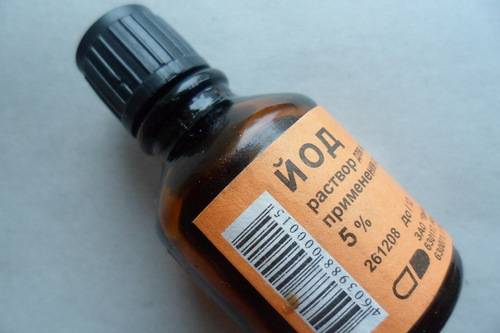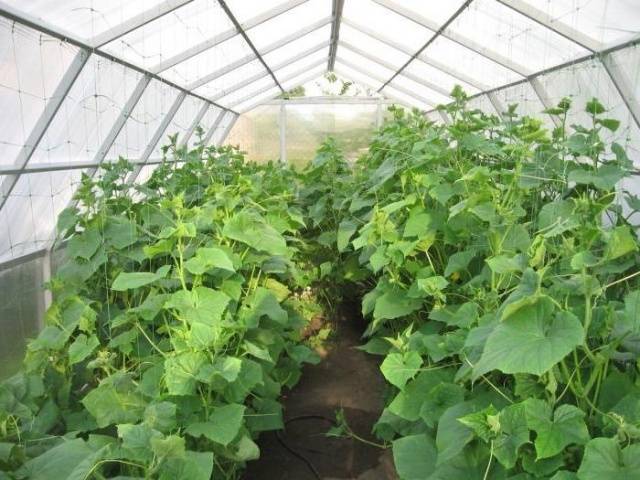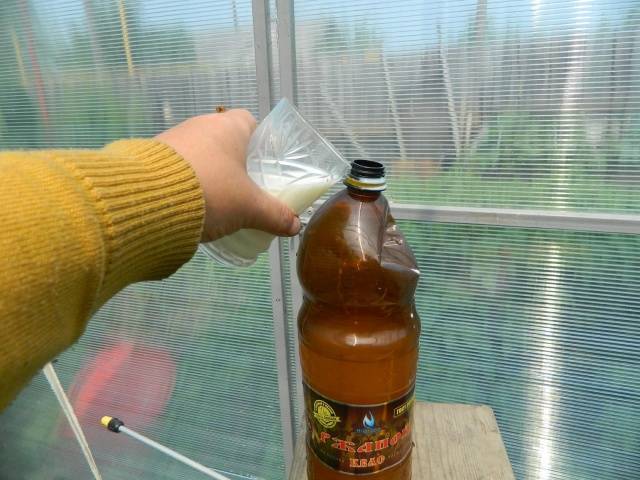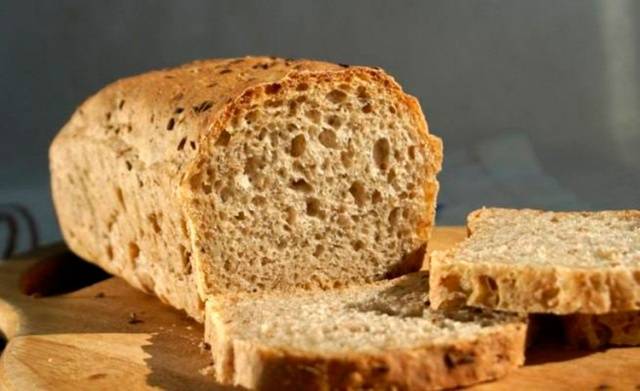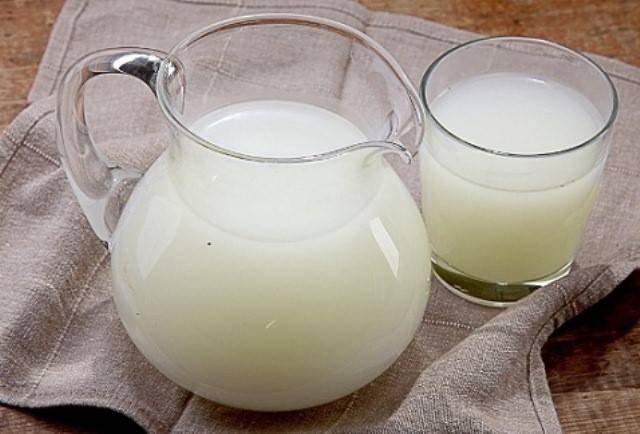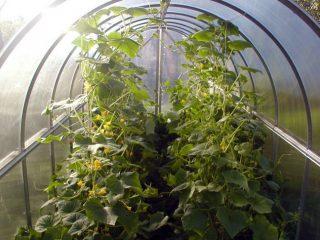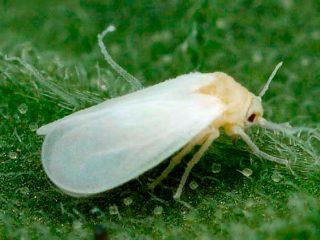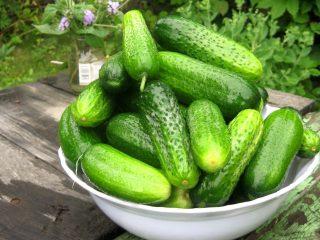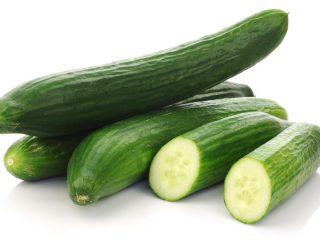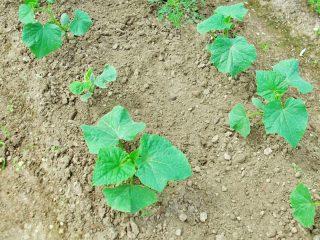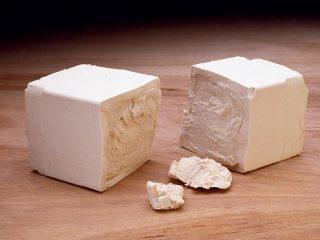Iodine for cucumbers in a greenhouse is a good and affordable alternative to expensive industrial fertilizers and chemicals that prevent the disease of this plant. Many adherents of agriculture and gardening have already appreciated the benefits of this simple universal remedy and successfully use iodine to increase the yield of vegetables.
Non-traditional "garden" use
A 5% alcohol solution of iodine can be found in every pharmacy. For many, it is a discovery that this effective antiseptic can be used to combat a variety of plant diseases and prevent them. But those who have at least once tried recipes with iodine in the gardening business begin to use it to process almost all garden crops: from tomatoes and eggplants to potatoes and strawberries.
Benefits of using iodine in gardening:
- allows you to increase the fruiting period of plants;
- stimulates seed germination, stem growth and flowering;
- increases productivity;
- increases the vitamin C content in vegetables;
- promotes rejuvenation of lashes;
- increases the number of ovaries;
- suppresses fungal infections (peronospora, late blight) in the early stages of development;
- activates the vital forces of plants.
The tendency of greenhouse cucumbers to various diseases is one of the significant disadvantages of growing this vegetable in a temperate climate.Treatment of rough creeping stems and heart-shaped leaves of cucumber with water and iodine before flowering and during the growth period is a good prevention of root and other types of putrefactive diseases.
Disadvantages of using iodine in gardening:
- iodine vapor in large quantities is harmful to humans, therefore, after processing in a greenhouse and greenhouse you can’t stay for a long time;
- Incorrect dosage of the chemical can lead to burns and plant death.
Today, several recipes for feeding and spraying cucumbers with iodine have been successfully used.
Recipes and rules of use
Iodine is very volatile, so the easiest way to disinfect a greenhouse with cucumbers and get rid of excess moisture is to hang open bottles with the substance around the perimeter of the greenhouse. This can be done immediately after sowing cucumber seeds in the greenhouse, periodically adding iodine solution to the jars as the shoots grow.
Recipes for iodized fertilizers for cucumbers:
- Feeding cucumbers with iodized milk.
Ingredients:
- water - 9 l;
- skim milk - 1 l;
- iodine - 30 drops;
- laundry soap - 20 g.
Grate the soap on a fine grater, add to warm milk, pour in iodine, mix with water and mix thoroughly. Spray the plants. Repeat every 10 days as the cucumbers grow.
- Feeding cucumbers with iodized bread infusion.
Ingredients:
- white bread - 1 piece;
- water - 15 l;
- iodine - 1 bottle.
Soak a loaf of bread in water and leave overnight. In the morning, thoroughly knead the bread with your hands and pour in iodine. Strain the resulting solution, bottle it and use it to process cucumber leaves as needed. Store bottles of fertilizer in a cool, dark place.
- Fertilizer with whey.
Ingredients:
- water - 1 l;
- alcohol solution of iodine - 40 drops;
- unpasteurized whey - 1 l;
- hydrogen peroxide - 1 tbsp.
Mix all ingredients and treat plants every 10 days after sunset.
Feeding cucumbers and preventive spraying with iodized water will get rid of simple and downy mildew, root, gray and white rot, and will help defeat late blight.
Proportions for spraying: 5-10 drops of iodine solution per 10 liters of water. For prevention, it is necessary to carry out 3 sprayings with an interval of 10 days.
In order not to use pesticides to combat rot, experienced gardeners use iodine together with urea. To do this, 50 g of urea is mixed with 20 drops of iodine, 2 liters of whey and 10 liters of water. The resulting solution should be used to treat the plantings 2-3 times a season.
Having decided to grow cucumbers in the greenhouse for your family or for sale, you should understand that preventing plant diseases is much easier than fighting them. By following the rules of agricultural technology and correctly using available substances such as iodine, even a novice summer resident can get an excellent harvest of elastic, tasty cucumbers.
